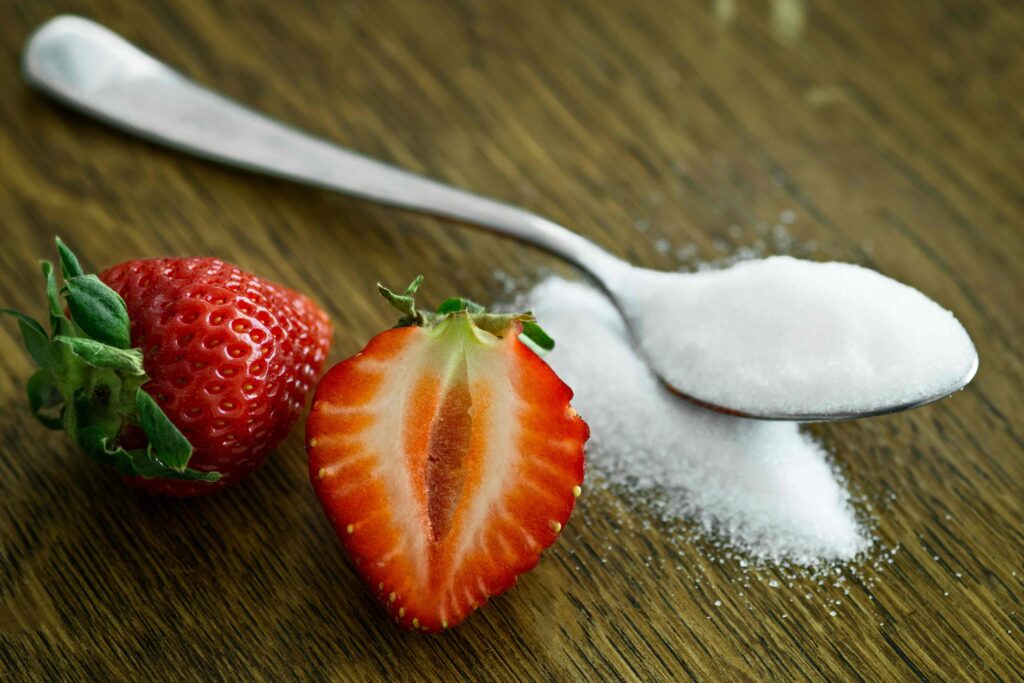The Bitter Truth About Sugary Drinks: A Growing Global Health Crisis
Sugary drinks have become an inescapable part of modern life. From sodas and flavored juices to sports drinks and energy boosters, they are marketed as refreshing and energizing beverages. However, beneath their sweet allure lies a bitter truth—these drinks are a major contributor to some of the most serious health problems in the world today.
A new study has revealed that in the year 2020 alone, sugar-sweetened beverages were responsible for 2.2 million new cases of type 2 diabetes globally. This staggering number is not an anomaly; on average, sugary drinks cause more than 2 million diabetes cases every year, along with over a million cases of heart disease. Despite this well-documented health risk, their consumption continues to rise. So why is this market still growing, and what can we do to counter its harmful effects?
The Expanding Market of Sugary Drinks
The global sugary drink industry was valued at $216 billion in 2023, and projections indicate it will soar to $327 billion by 2029. That’s an increase of more than $100 billion in just six years. While some developed nations have successfully curbed consumption through policy regulations, the beverage industry has shifted its focus to emerging markets in developing countries.

In North America and Europe, stringent policies such as sugar taxes and mandatory labeling have led to a decline in soft drink sales. However, multinational beverage corporations have now turned their attention to sub-Saharan Africa and Latin America, where consumption has surged in recent years. This shift has dire consequences—over three-quarters of deaths from cardiovascular disease now occur in low- and middle-income countries.
Why Are Sugary Drinks So Harmful?
The health risks associated with these beverages are well-established:
- They flood the body with empty calories, leading to obesity.
- They contribute to liver damage, hypertension, and heart disease.
- They increase the risk of type 2 diabetes, which can result in blindness, amputations, and premature death.
Yet, despite these dangers, the demand for sugary drinks remains high. This can be attributed to aggressive marketing strategies, lack of awareness, and limited policy interventions in many regions.
What Can Be Done?
Although education and awareness campaigns are important, research shows that they are not enough. More proactive policy measures are needed, including:
- Increased taxes on sugary beverages: Countries like Mexico and the UK have successfully reduced consumption through taxation.
- Bold health warnings on packaging: Graphic labels similar to those on cigarette packs can deter consumers.
- Restrictions on advertising to children: Many sugary drink brands target young audiences, shaping lifelong consumption habits.
- Promotion of healthier alternatives: Governments and businesses should encourage the availability of nutritious beverages, such as water and natural fruit juices.
There is no single solution to this issue, but a combination of these measures can help reduce the health burden caused by sugary drinks. As individuals, we must also make informed choices about what we consume and advocate for stronger policies that protect public health.
The global rise in diabetes and heart disease is not inevitable—it is preventable. It’s time to take action and break our bitter love affair with sugary drinks before it’s too late.




